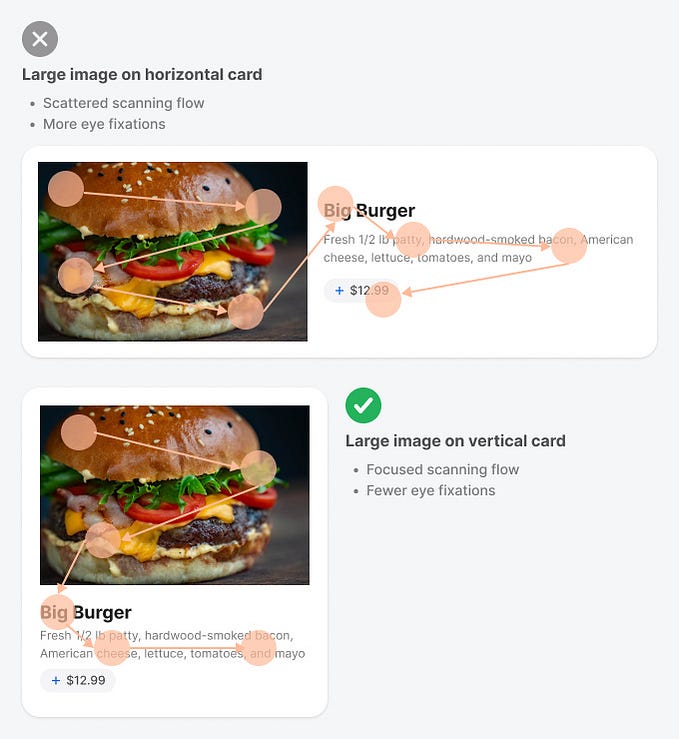
Member-only story
Designing for Accessibility: Empowering every user.
The digital realm is vast, but is it welcoming? In the age where digital inclusivity is more than just a buzzword, designing for accessibility isn’t just an option — it’s a responsibility.
The importance of accessibility
Designing for accessibility ensures that everyone, regardless of disability or special needs, can access, understand, and navigate digital products. It’s about building an inclusive digital environment.
According to the World Health Organization, over a billion people, or approximately 15% of the world’s population, experience some form of disability. Ignoring accessibility can mean excluding a significant audience.
Microsoft’s Xbox Adaptive Controller, specifically designed for players with limited mobility, showcased how tech giants are prioritizing accessibility.

For a more detailed dive into the basics of web accessibility, check out my article, The A to Z of Web Accessibility: Why it matters more than ever.
Core principles of accessible design
For any UX designer, accessible design isn’t a sideline task — it’s central to crafting user experiences that resonate with everyone. The core of accessibility, especially from a UX perspective, is about understanding and empathy.
At the heart of accessibility lie four key principles: perceivable, operable, understandable, and robust.
Principle 1: Perceivable
In UX terms, this means that information and user interface components must be presented in ways all users can perceive. This isn’t just about seeing or hearing; it’s about comprehending. For example, a visually stunning website might fall flat for a user with color blindness if critical information is color-coded without other distinguishing features.
Principle 2: Operable
Beyond mere functionality, UX emphasizes ease and intuitiveness. Navigation should be user-friendly for all, including those using assistive technologies. Think of keyboard-focused users…







